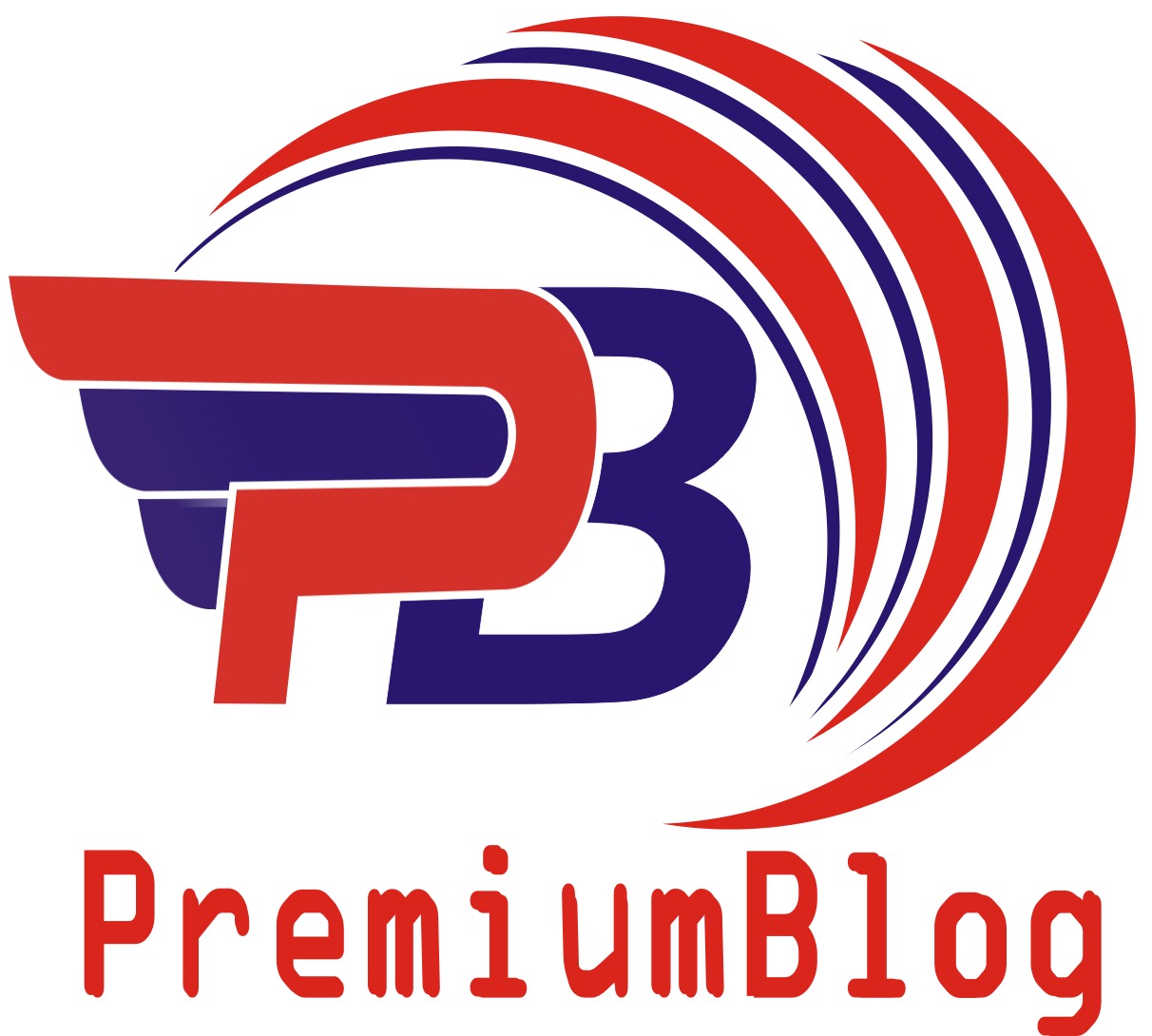Salesperson Onboarding Mistakes That Can Lead to Disaster

An organization’s onboarding processes are designed to take new hires on board and fully integrate them into the organization. Maintaining employee engagement and productivity depends on these processes. A quality onboarding experience is a key to the success of new hires. Poor onboarding is the most common reason why they fail to meet expectations.
Onboarding new employees can become a time drain if companies scale quickly with lots of new hires. There is no escaping the fact that some basic things can be overlooked when new hire checklists are so crowded.
Also check
An email welcoming them, providing background information about the industry, or getting their login credentials. The cracks that form in the onboarding process for new employees increase over time and shorten their onboarding time. Thus, as an onboarding process unfolds, it is essential to watch for the following mistakes.
Delaying onboarding
A company failing to prioritize onboarding leaves employees feeling directionless and ignored. It is always a good idea to begin onboarding before the new hire starts. All of this helps ensure that the new hire fits in seamlessly and feels like an integral part of the team from the very beginning.
ḤTo avoid this: Make sure you provide the employee with information about the dress code, log-in time, and what documents the employee needs to bring. There should be at least one person present to greet the new employee and introduce them to the work areas, meeting apps, and other things they need to know.
Lack of planning and organization
Most companies, especially startups, are inclined to adhere to an unstructured, informal culture based on the belief that informality enables creativity. You should not treat onboarding as an unstructured, random exercise, no matter how relaxed a workplace may be. Creative employees understand the benefits of working in a casual company, but they also require a sense of belonging to succeed in a team and to achieve the highest level of productivity. Onboarding new employees is a great time to introduce them to your culture.
A few tips: Make sure you are using productivity tools. You could even implement continuous marketing campaigns to communicate with new hires regularly from executives, directors, HR, and co-workers before they begin. Make sure to keep branded hats and tees on hand for the new employee if employees frequently wear them.
Unclear expectations
On their first days, workers may be excited but get quickly disappointed due to unclear expectations. You can often prevent misunderstandings by making it very clear to the employee what is expected at every point in the process.
Solution: Each organization will have its specifics, but best practices include making sure they know what they are expected to do and, more importantly, how to determine success. Job descriptions can act as a launching point for mission and vision statements, which can be valuable. Provide metrics that measure success from now on throughout the year.
Information overload
HR commonly falls into the trap of trying to accomplish everything during the first few weeks of employment, only to leave the employee with no guidance. It is common for new employees to feel overwhelmed, even with an effective onboarding program. It is acceptable and recommended to extend certain processes, such as introductions to peers and management, for at least one week.
Other topics include: Expenses, dress codes, and employee access to corporate subscriptions. No hiring manager or HR lead can cover every aspect of hiring, so schedule periodic meetings with employees to provide them with feedback.
Ignoring cultural differences
In the onboarding process, it is important to recognize cultural diversity and ensure that all employees are addressed with respect and courtesy. Eliminating stereotypical views and biases about different groups can greatly contribute to the process. This should be done during the onboarding process.
Ways to avoid: Be aware that cultural differences should be handled with care. No one should distress or bully others because of cultural differences. The best way to make your employees aware of these things is to have a program or course.
No measurement
It is impossible to manage anything without measuring it. Similarly, you cannot understand the effectiveness of your onboarding processes without measuring people analytics, KPIs, and other metrics. Identify early signs of a problem or a shortcoming in your process so they can be addressed quickly.
How to do it: Ask employees how their experience has been after a few months there. Discuss ways to make improvements. In addition, the use of an LMS like Bridge App that provides excellent reporting and analytics can also help optimize the workforce beyond talent acquisition.
Conclusion
Changing or improving your current process can never be too late. Before you hire someone new, it’s always a good idea to review and optimize your recruiting and hiring processes.
In addition to assisting in the recruitment, onboarding, and employee training, HR has other responsibilities. They manage payrolls, file taxes, comply with legal requirements, and so on. In such circumstances, your HR department would do well to obtain some management software so that onboarding can be handled properly.




